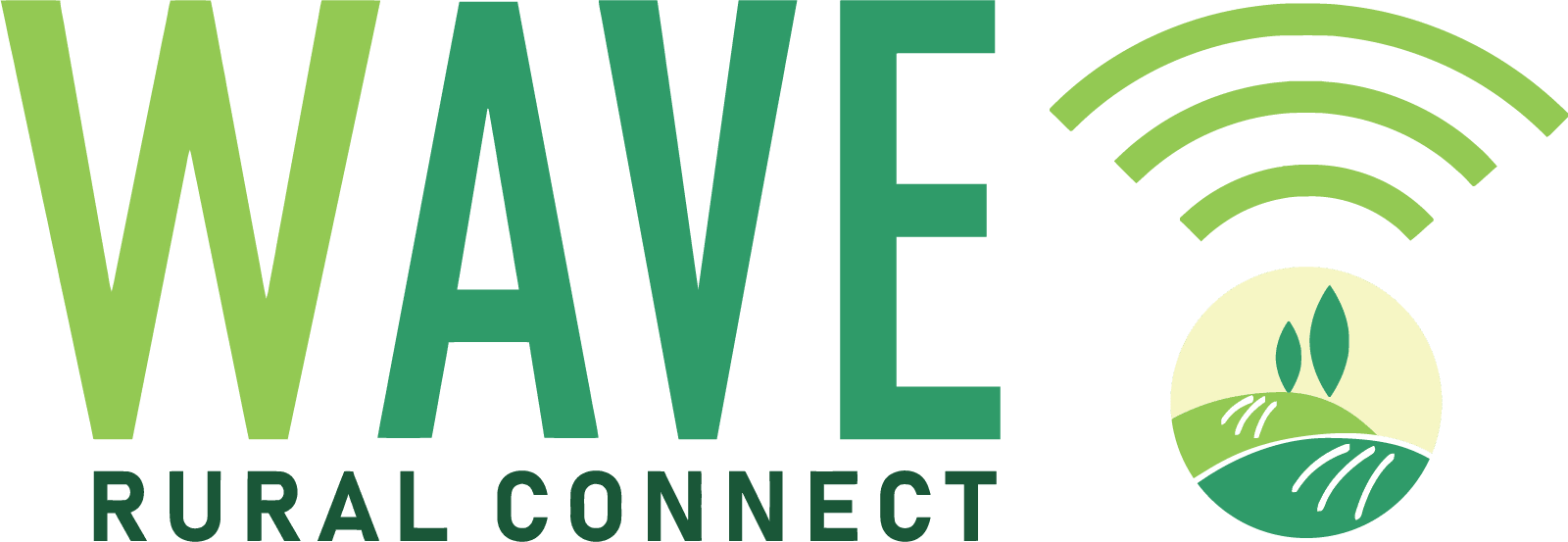“I’m paying for Gigabit speed and getting 300 Mbps! What gives?”
Getting fast, reliable Internet in our home is essential in today’s world. We connect more devices than ever to wired and Wi-Fi routers, including smartphones, tablets, laptops, and a growing list of smart devices. We use them for everything, from video streaming and social media sharing to home automation and monitoring.
Sometimes it seems like we’re not getting the speeds we should be, when it seems to take forever to upload our holiday photos, or when streaming services freeze just when we’re getting to the best part of the movie. While there may be something wrong with your Internet connection, there are other factors you should consider first before calling customer or technical support. Or you may be deciding what speed you need for new Internet-based services.
How much speed do I need?
 The first thing to understand about Internet speeds is that certain minimum speeds are needed to enjoy different types of online activities. Video streaming is the best example of this. The better the video quality, the faster your Internet speed needs to be to enjoy it.
The first thing to understand about Internet speeds is that certain minimum speeds are needed to enjoy different types of online activities. Video streaming is the best example of this. The better the video quality, the faster your Internet speed needs to be to enjoy it.
Streaming companies typically publish minimum speeds for the different levels of video quality: standard definition (SD), high definition (HD), and ultra-high-definition (4K). And these ratios are based on ONE stream at a time, with no other internet activity going on at the same time. Typically at least a 10 Mbps connection is needed to avoid frequent buffering or delivery failure.
With base speeds set for one stream at a time, 3 family members streaming in HD would require a 30 Mbps signal — minimum. Remember, these are the minimum speeds needed for video services to work at a basic level. Certain streaming services will match the video quality to your speed to reduce buffering and pausing. Even when you think you are getting HD, you probably aren’t at speeds below broadband.
Before you call customer or technical support, you need to do two things. First, make sure you’ve purchased an Internet package that’s fast enough to meet your needs for internet use and streaming, and when using multiple connected devices at the same time. Second, check to make sure that the device you’re using to connect to the Internet is capable of supporting the speeds provided.
Is your device slowing things down?
The device you’re using to connect to the Internet could be limiting your speed. Does your computer support the latest 802.11ac Wi-Fi standard? Does it even have an Ethernet port? If it does, what is the port’s capacity?
Smartphones and tablets have maximum Wi-Fi speeds that they are capable of supporting. If you connect using a smartphone that’s more than three years old, you may not get an accurate picture of the download and upload speeds you’re getting in your home.
There are way too many devices to provide a comprehensive list here, but the first thing you should do is determine which Wi-Fi standard your device supports. If it’s three or more years old, it likely supports the 802.11b, 802.11a/g, or 802.11n standard. If it’s a new device, it probably supports the 802.11ac or 802.11ax (also known as ‘Wi-Fi 6’) standard.
Confused?
Look up your device model number on the manufacturer’s website to find the capacities.
Alternately, In Windows 10, you can look under the Start Menu > View Network Connections > Device Name. The name often shows the speed capability of the connection type. If not, a web search can usually tell you.
For Apple OS X, you can look under the Apple Menu > About This Mac > System Report > Network. There you can find details about connection types and their speeds.
Is your router or modem slowing things down?
 If you signed up for Wave Rural Connect services and picked your own router, the slow-down could be the router itself, especially if your router is three or more years old. The Wi-Fi industry is continually updating its technology to provide users with better performance, so new routers simply work better. They’re faster and offer more reliable connections.
If you signed up for Wave Rural Connect services and picked your own router, the slow-down could be the router itself, especially if your router is three or more years old. The Wi-Fi industry is continually updating its technology to provide users with better performance, so new routers simply work better. They’re faster and offer more reliable connections.
WiFi standards have speeds that represent the maximum theoretical speed you can get for the different ratings. These speeds are not typically achievable in real-world conditions as Wi-Fi signals are affected by obstacles in your home and interference from other devices in your home.
Bottom line: if you’re using an old router or modem, it may not be capable of providing the maximum speed supported by your Internet package. If this is the case, contact Wave Rural Connect Technical Support so we can get you the right Wave router or point you to the best alternative. If you don’t have Wave, call us at 1.833.4WAVERC or go to our Home Page to find out more.
Contact our fast, friendly, and helpful Member Support or Technical Support teams if you have questions about your speed.


